Removing Caulk Is Removing Grout
Cathy_in_PA
14 years ago
Featured Answer
Comments (8)
Cathy_in_PA
14 years agolast modified: 9 years agoRelated Professionals
Springdale Handyman · Bellevue Kitchen & Bathroom Remodelers · Chicago Ridge Kitchen & Bathroom Remodelers · Port Arthur Kitchen & Bathroom Remodelers · Binghamton General Contractors · Bound Brook General Contractors · Channelview General Contractors · Flint General Contractors · Rossmoor General Contractors · Sauk Village General Contractors · Stillwater General Contractors · Roselle Painters · Saddle Brook Painters · Tomball Painters · Gardner Paintersmacv
14 years agolast modified: 9 years agoCathy_in_PA
14 years agolast modified: 9 years agomacv
14 years agolast modified: 9 years agobrickeyee
14 years agolast modified: 9 years agosierraeast
14 years agolast modified: 9 years agoskyblue
14 years agolast modified: 9 years ago
Related Stories
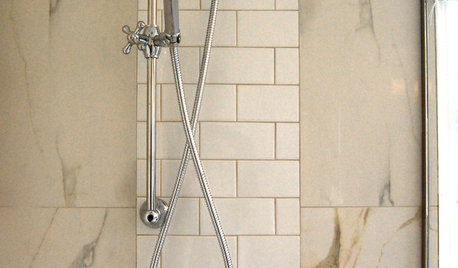
REMODELING GUIDES9 Ways Grout–Yes, Grout–Can Add to Your Design
Choose From a Palette of Grout Colors for a Warm, Unified Look
Full Story
TILEEpoxy vs. Cement Grout — What's the Difference?
Grout is grout, right? Nope. Cement and epoxy versions have different appearances, durability and rules of installation
Full Story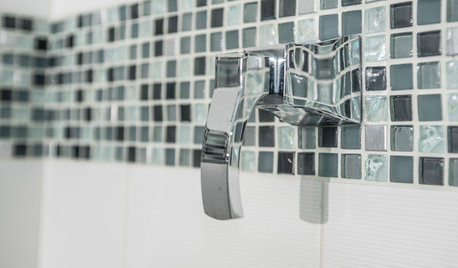
TILE3 Key Steps for Grouting That Looks Its Best
Get your grout right to keep your tile beautiful and for an installation that will last
Full Story
BATHROOM DESIGNConvert Your Tub Space Into a Shower — the Tiling and Grouting Phase
Step 3 in swapping your tub for a sleek new shower: Pick the right tile and test it out, then choose your grout color and type
Full Story
BATHROOM TILEQuick Fix: Repair Cracked Bathroom Grout
Banish an eyesore and safeguard your bathroom from water damage in 30 minutes or less with this DIY repair
Full Story
HOUSEKEEPINGHow to Clean Grout — Stains and All
If your grout is grossing you out, this deep-cleaning method will help it look new again
Full Story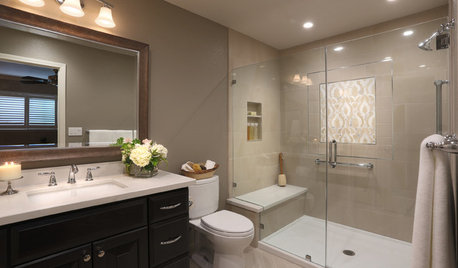
BATHROOM DESIGNRoom of the Day: A Bathroom Remodel to Celebrate a 50th Anniversary
A Northern California couple removes obstructions to create a soothing, spa-like master bath
Full Story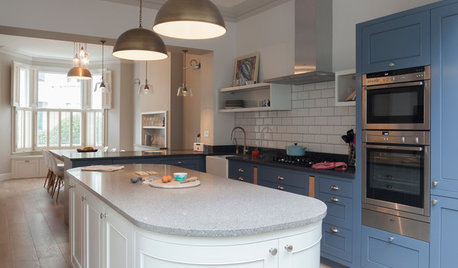
HOMES AROUND THE WORLDTraditional Kitchen Opens Up and Lightens Up
Removing a wall was key to creating a large kitchen and dining space for family life in this London house
Full Story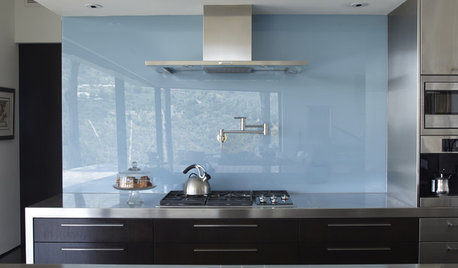
KITCHEN DESIGNThe Future of Backsplashes
Grout is out. Continuous sheets of glass, stone, metal and porcelain are saving cleaning time and offering more looks than ever
Full Story
KITCHEN OF THE WEEKKitchen of the Week: Casual Elegance and Better Flow
Upgrades plus a new layout make a D.C.-area kitchen roomier and better for entertaining
Full Story





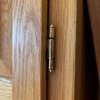

brickeyee